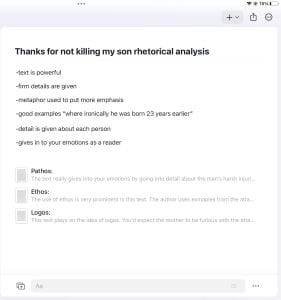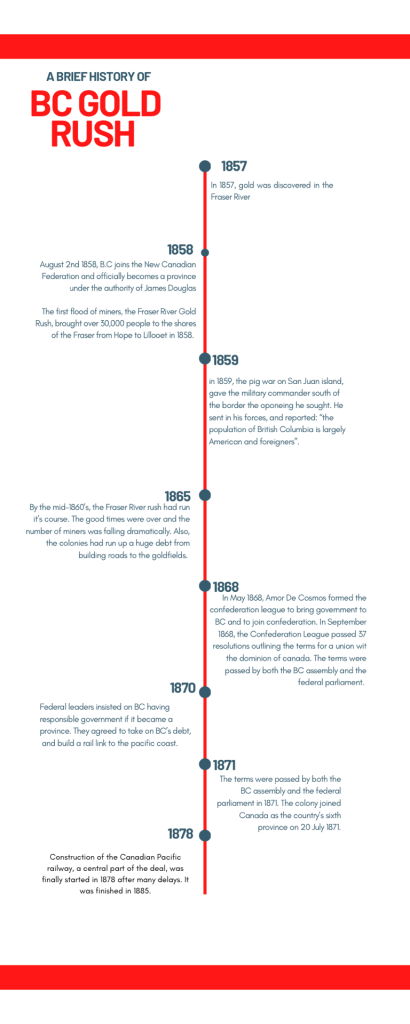Hello readers, and welcome back to my blog.
Today’s post is about our most recent Humanities project, “Who cares and why bother?” This project was all about the Canadian government system and why young people need to vote and let their voices be heard. In this post, I’ll discuss what I learned and the growth I experienced throughout this project. The driving question was (the same as the project’s name, lol): “Who cares, and why bother?” There are many reasons why people and young people, in particular, should care about the government system. Firstly, voting outcomes over the next few elections could dictate how we as a country tackle precedent issues such as the climate crisis, cost of living, and rights. This is why young people must vote so that real action can be taken. Things will stay the same if this demographic isn’t demonstrated in the polls, and no changes will be made. The first thing we did as a class was an activity where you would go to either side of the room depending on whether you knew much or didn’t know much about politics. Around 90% of the kids in my class said they knew almost nothing, myself included. This activity showed how little we knew about politics collectively as a class. But that would soon change…. We then began social seminars about the Canadian government system and the different levels of government. During these seminars, we listened to Ms. Madsen’s info and made notes in the process. This helped me better understand how our government is run and who is in charge of different things.

After gathering this newfound knowledge of government structure, we were tasked with reading “The Lord of the Flies.” This book encompasses the government structure through the story of a tribe of boys stranded on a deserted island. As we read, we kept a recollection of notes that we made throughout reading the book.

After finishing the reading, we had the opportunity to share our learnings and connections in a student-led Socratic discussion. This allowed us to share our thoughts and see what opinions we had on the book. I was able to make connections during the debate and express my own beliefs. I thought this was a great learning opportunity.
Once we had gathered background knowledge from our seminars and the book, it was time to build our final product. This product was based on our fundamental question: “Who cares, and why bother?” Our main task was to create a presentation, supported by a video that convinced young people to vote, which we would present to a panel of grade 10 and 12 learners. This was a group-style assignment; my partners were Nolan and Sepaus. Cale was also a part of our group, but due to some unforeseen circumstances, he didn’t come to school or did any work whatsoever.
Our theme was comedy-based, and we tried to use a hint of sarcasm to get our ideas across. I found this to be a new and creative way of showing our ideas, and it was something other groups wouldn’t necessarily do. This was a way for our group to extend in this regard. After creating the first draft of our video, it was time to make our final presentation. The purpose of this presentation was to show why it’s important to vote. In our case, with the sarcastic approach, we wanted to show how ridiculous it would be not to vote. Also included in the presentation were three precedent issues that voters could directly influence. Our chosen issues were the Cost of Living, the Environment, and Healthcare. Once we had completed our presentation and gathered our ideas, we did a practice run for some of our fellow grade 11 peers. This allowed us to practice and get good feedback so that we could revise and make it better. When it came to the presentation day, we were prepared and ready to go. Other than that Nolan was sick, we got our boy Declan to sub in and do his lines. I think the presentation went pretty well, without too many slip-ups.
In summary, I learned many valuable things from this project, such as the structure of our government and how government can come in all shapes and sizes. In the Lord of the Flies, we learned how adversity and challenges can affect the structure of a government. Moreover, I gained more experience working with a group with its ups and downs. My favorite part of this process was making our video; it was quite the fan-favorite among the PLP 11 class.
















